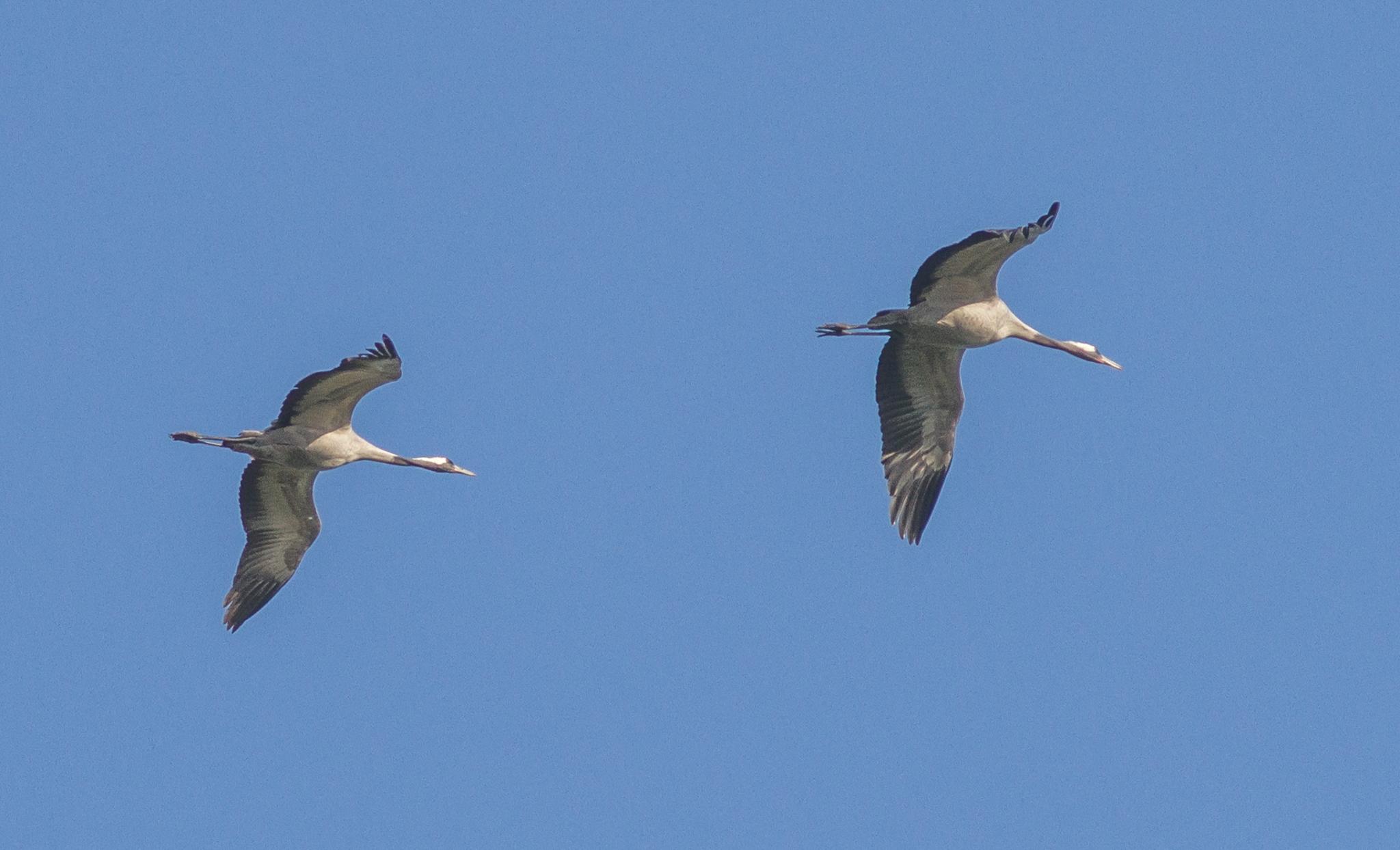An adult Roseate Tern was present around the tern island on the 11th...
 |
| Above two images the adult Roseate Tern present on the 11th June |
The photos don't really do it justice as in some lights it was very pink but as you can see in others rather grey! It bore two rings but neither could be read. It was first found around 9.30 in the morning and was still present at around 6.45 in the evening. What may well have been the same bird was then seen around two hours later flying east through Christchurch Harbour.
And now the rest of the news...
Waterfowl...
Unseasonal ducks included singles of Teal on the 16th and 26th and a Wigeon on the 9th...
 |
| The drake Wigeon |
Apart from the usual hybrids the only oddities in the moulting feral goose flock were up to three Bar-headed Geese. Peak counts of the commoner breeding/over-summering wildfowl were:
Mute Swan 640;
Black Swan 2;
Canada Goose 690;
Shelduck 34;
Gadwall 14;
Mallard 254;
Pochard 6;
Tufted Duck 32.
Other Water Birds...
The first returning Kingfisher was noted on the 26th and the first returning Little Grebe on the 27th. Peak counts of the commoner species were:
Cormorant 30;
Little Egret 11;
Grey Heron 5;
Great Crested Grebe 48;
Moorhen 6;
Coot 92.
Waders...
Of the two pairs of Oystercatcher nesting, the ones in the grounds hatched two young, whereas the pair on the Tern Island failed, no doubt due to the aggressive behaviour of the terns. After a lonely spring the single Lapwing was joined by another on the 10th and the post breeding 'flock' had reached four by the month's end.
Single Curlew were seen or heard on three dates, whilst a single Bar-tailed Godwit lingered from the 1st to the 8th...
 |
| Lapwing |
Single Curlew were seen or heard on three dates, whilst a single Bar-tailed Godwit lingered from the 1st to the 8th...
 |
| Above two images the Bar-tailed Godwit |
In company with two Redshank, the first returning Green Sandpiper was seen on the 23rd...
 |
| Above two images the Green Sandpiper |
... followed the next day by the first returning Common Sandpiper.
Skuas, Terns & Gulls...
A rather unusual occurrence, not least because they are less than annual at The Swannery, were the two Arctic Skuas that flew over the Chesil and across the Fleet before heading off inland on the 1st. Almost as scarce here now were the two Little Terns seen on the 28th, with one (or another) again on the 30th....
 |
| One of this month's Little Terns |
The fifty or so pairs of Common Terns on the Tern Island began hatching their young and a few non-breeding Sandwich Terns continued to be seen.
 |
| At least one first summer Common Tern hung around the colony again. |
There were a few Mediterranean Gulls seen, culminating in a peak of three at the month's end...
 |
| One of this month's Mediterranean Gulls an adult summer |
Otherwise there were just single figure counts of Black-headed Gull, Lesser Black-backed Gull, Herring Gull and Great Black-backed Gull .
A Hobby was noted on the 3rd and 8th and a Red Kite flew over on the 9th. Our former resident male Marsh Harrier made another brief return visit on the 10th but the only other raptors seen were the usual Buzzards, Sparrowhawks and Kestrels, while the local Tawny Owls were vociferous as ever.
Other Land-birds...
Over fifty Swifts flew north-west on the 27th but otherwise only ten or so were found in the feeding flock of local breeders alongside similar numbers of Swallows and House Martins. At the very end of the month these were joined by the first few returning Sand Martins too. The only other passerines to make the notebook were all species that having been absent in the spring began to return to The Swannery after breeding in the very near vicinity. This post-breeding dispersal involved Mistle Thrush, Grey Wagtail, Coal Tit, Meadow Pipit and Stonechat.
.
Over fifty Swifts flew north-west on the 27th but otherwise only ten or so were found in the feeding flock of local breeders alongside similar numbers of Swallows and House Martins. At the very end of the month these were joined by the first few returning Sand Martins too. The only other passerines to make the notebook were all species that having been absent in the spring began to return to The Swannery after breeding in the very near vicinity. This post-breeding dispersal involved Mistle Thrush, Grey Wagtail, Coal Tit, Meadow Pipit and Stonechat.
.
 |
| The original pair of Swallows in Helen Hide laid a second clutch whilst a second pair built a nest in The Fleet Pipe Hide & this is one of them! |
And that's it for this month except to say sorry once again for the late post (a month behind still!) but my laptop is still kaput and the only other means I have to blog is using The Swannery PC and I don't get much time at work to do this! I shall endeavour to post my July sightings asap however!







.jpg)










.jpg)













